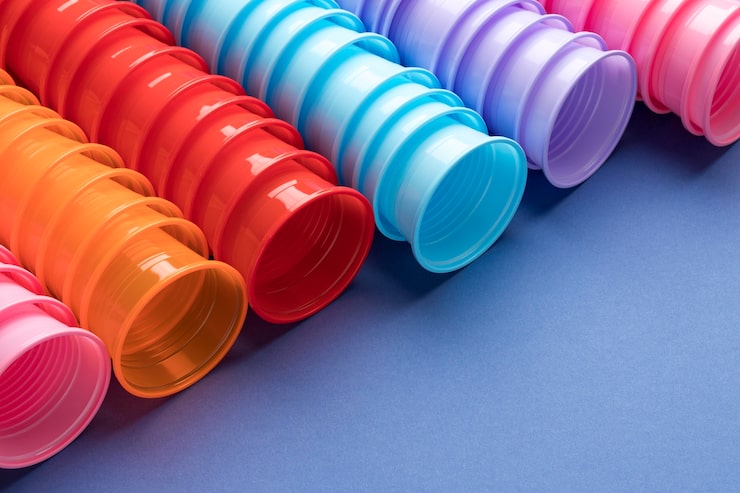Plastic extrusion is a versatile manufacturing process used across a wide range of industries, and understanding what are the different types of plastic extrusion machines is crucial for engineers, production managers, and designers. While all extrusion machines serve the primary function of melting and shaping plastic materials, the differences in design, configuration, and application allow manufacturers to achieve varied product types and performance characteristics.
The most commonly used type is the single-screw extruder. This machine consists of a single rotating screw inside a heated barrel. Raw plastic, usually in the form of pellets or granules, is fed into the hopper and gradually melted as it moves along the screw. The molten material is then forced through a die to form continuous shapes such as pipes, sheets, rods, or profiles. Single-screw extruders are ideal for producing simple products where high mixing performance is not critical. They are widely used in applications such as construction materials, packaging, and basic consumer products.

For applications requiring more complex processing, the twin-screw extruder is often employed. Twin-screw extruders can be co-rotating or counter-rotating, providing superior mixing, compounding, and temperature control. They are essential when blending polymers, incorporating fillers, colorants, or additives, and achieving precise material properties. Industries such as automotive, electronics, and medical devices rely on twin-screw extruders to produce high-performance materials with consistent quality.
Another important category is blown film extruders. These machines are specifically designed to produce thin plastic films. The molten polymer is forced through a circular die and inflated into a bubble, which is cooled and flattened into continuous rolls. This technique allows manufacturers to produce packaging films, bags, and shrink wraps with controlled thickness, strength, and transparency. Blown film extrusion is essential in the packaging industry due to its efficiency and versatility.
Sheet or flat-die extruders represent another type. These extruders push molten polymer through a slit-shaped die to create flat sheets. This method is widely used in manufacturing products such as signage, protective liners, and construction panels. Often, calendering systems are integrated with extrusion to refine thickness, surface finish, and dimensional accuracy, especially when working with thermoplastic elastomers or PVC.
Co-extrusion machines are designed to combine multiple layers of different polymers in a single extrusion process. Co-extrusion is critical when producing multilayer films or composite profiles that require specific mechanical, barrier, or aesthetic properties. For instance, in food packaging, co-extrusion can combine layers with oxygen barrier properties and layers with flexibility for sealing, providing a high-performance finished product.
Specialized extrusion machines include extrusion coating systems. These machines apply a layer of molten polymer onto a substrate such as paper, foil, or fabric. Extrusion coating enhances the durability, moisture resistance, or aesthetic properties of the substrate, and it is widely used in packaging, textiles, and construction materials.
Another category includes micro-extruders and lab-scale extruders, which are designed for research, development, and testing. These small-scale machines allow engineers to experiment with formulations, additives, or novel polymers before scaling up to production. They provide insights into material behavior, process parameters, and final product characteristics without committing to large-scale equipment.
Finally, specialty extruders exist for particular industrial applications, such as foam extrusion, pipe and tubing expansion, or compounding of high-performance polymers. Foam extrusion machines incorporate chemical or physical blowing agents to produce lightweight, insulating materials, while compounding extruders allow precise control over polymer blends, fillers, and additives.
Each type of extrusion machine requires precise control over temperature, screw speed, and pressure. Operators must understand the specific material behavior to avoid defects such as voids, warping, or inconsistent thickness. Modern extrusion lines often incorporate automated monitoring systems to optimize production efficiency, maintain consistent quality, and reduce material waste.
Understanding the different types of plastic extrusion machines allows manufacturers to select the right technology for their application. From pipes, films, and sheets to specialty coatings and high-performance composites, the versatility of extrusion technology makes it an essential component in modern plastic manufacturing.


